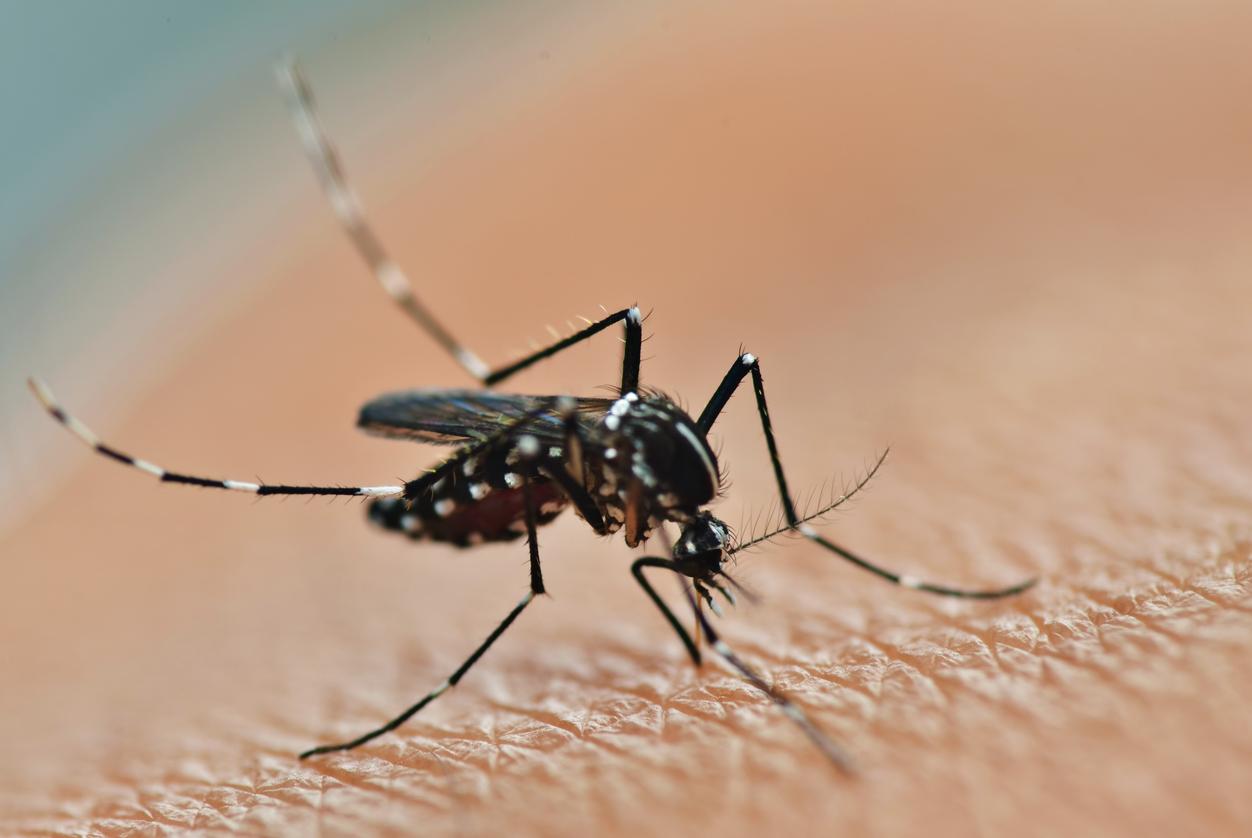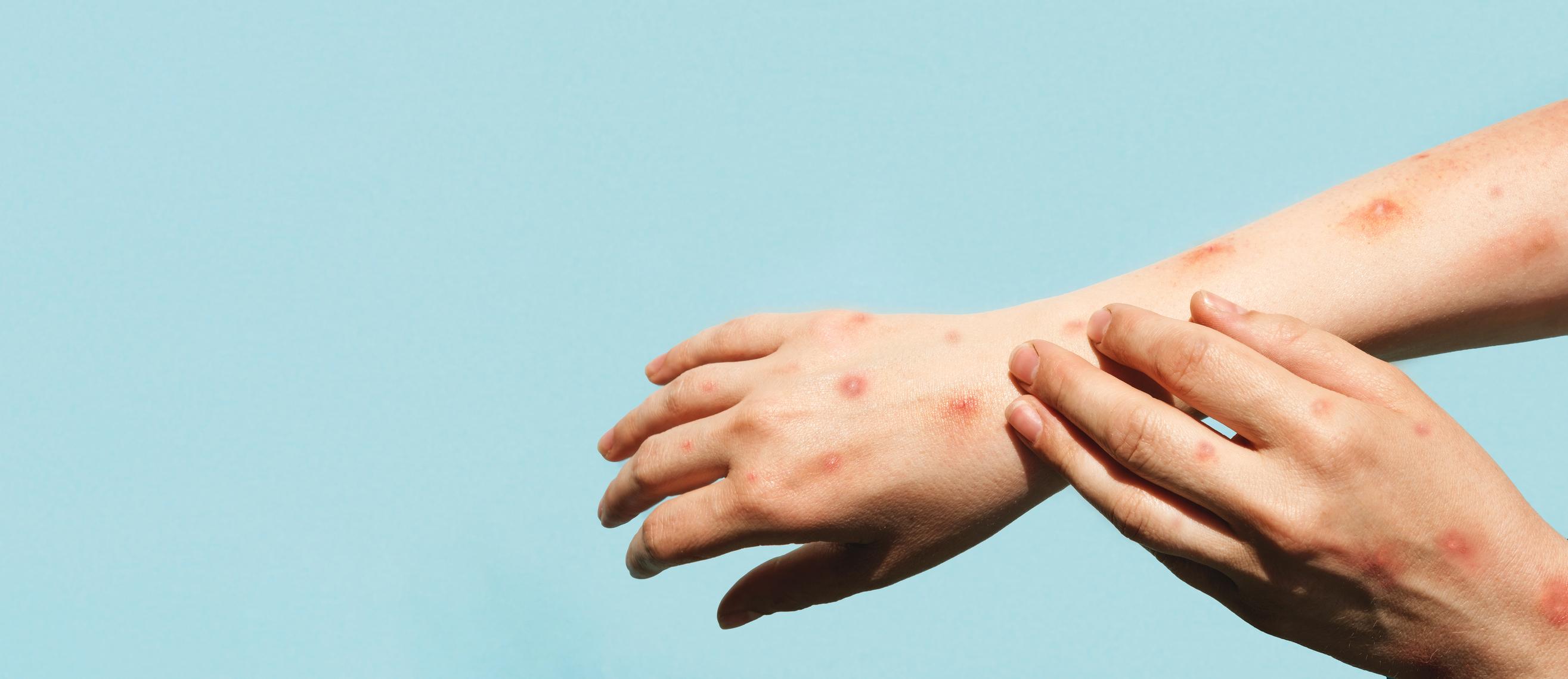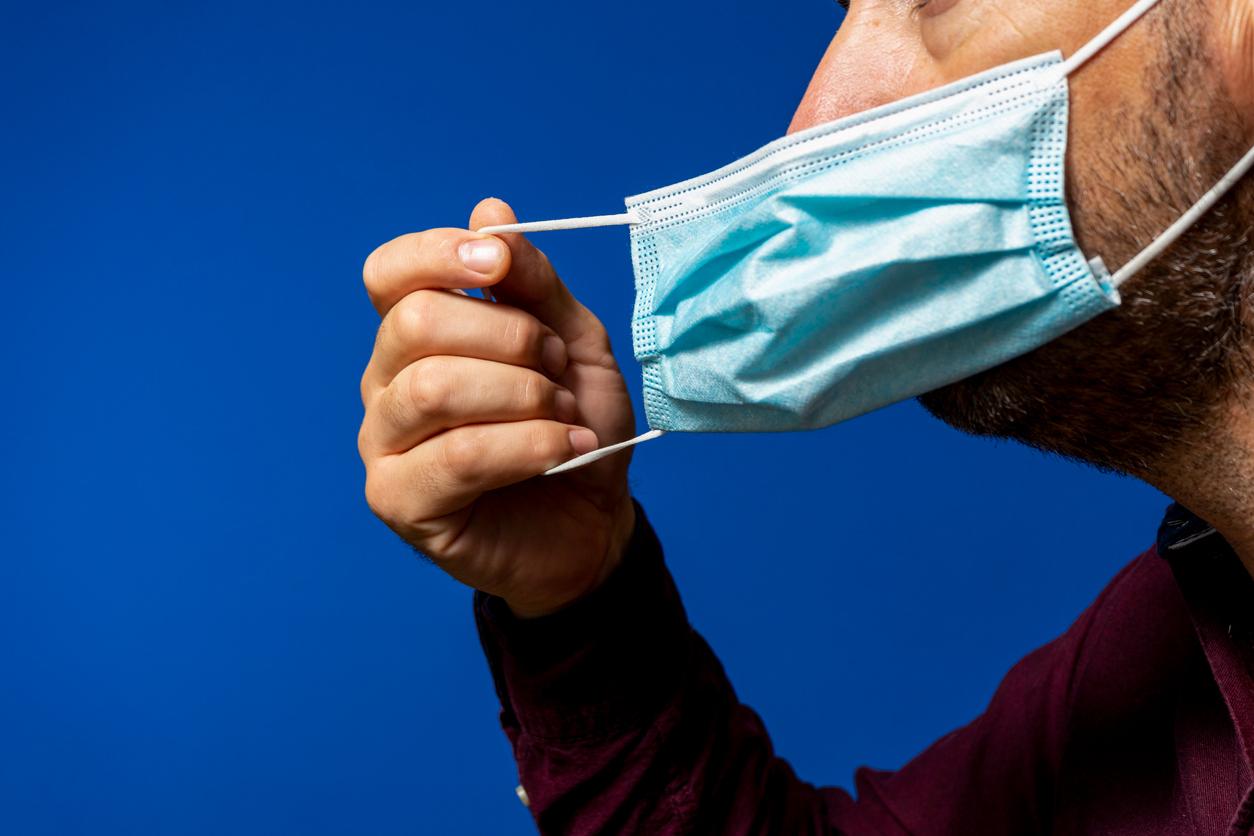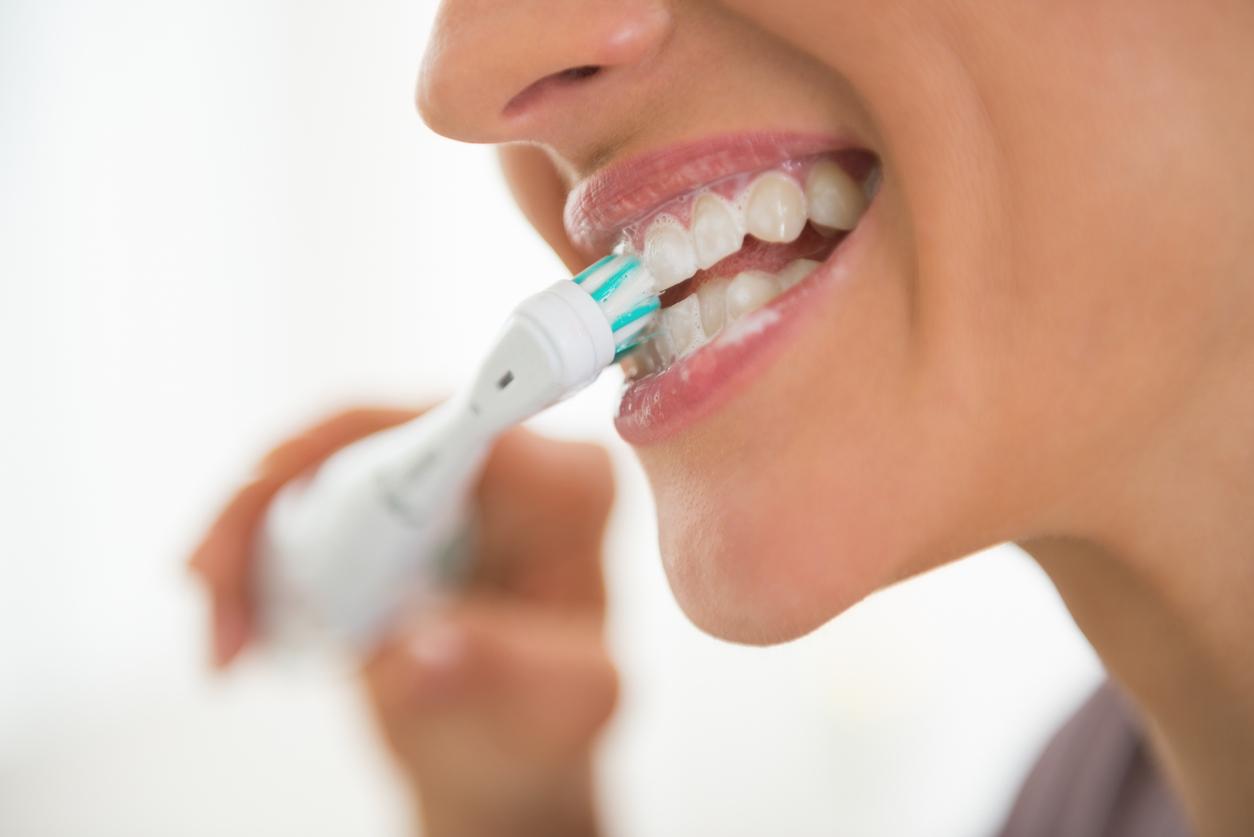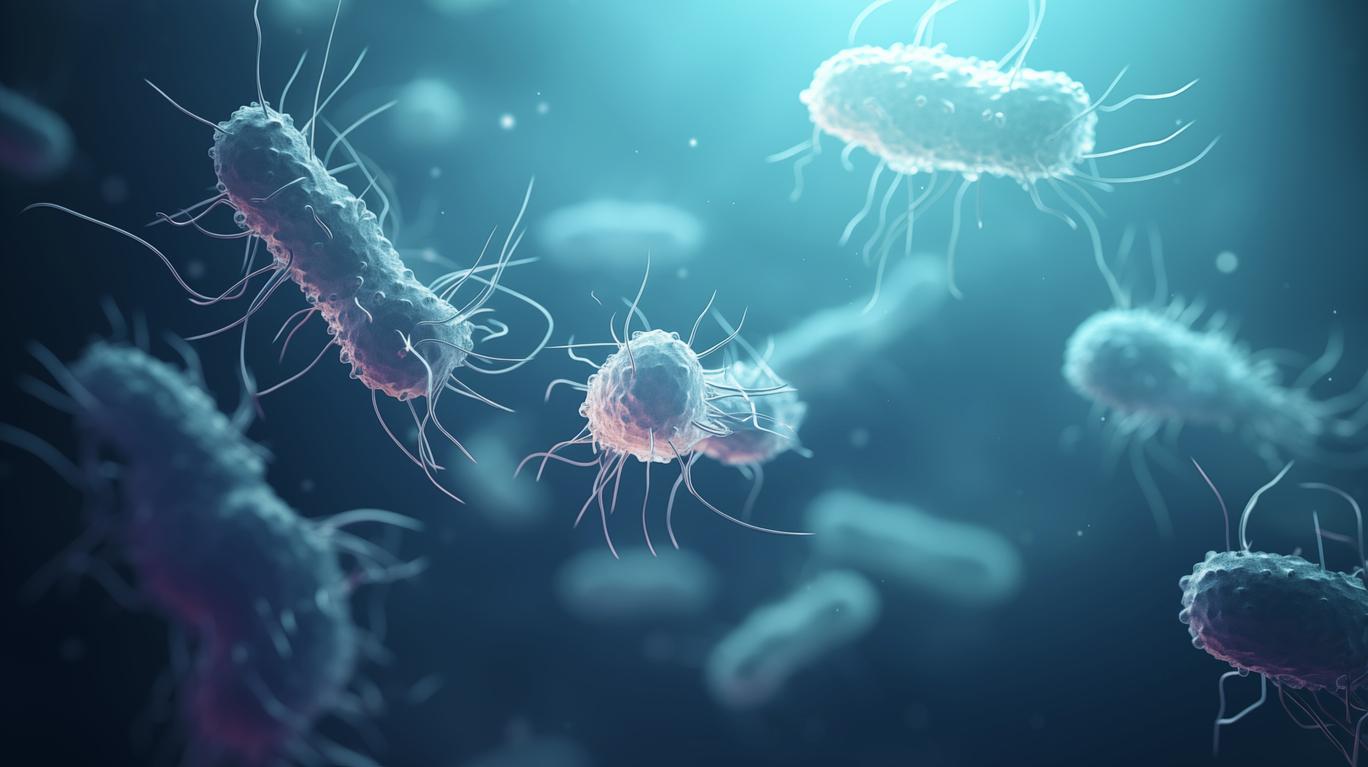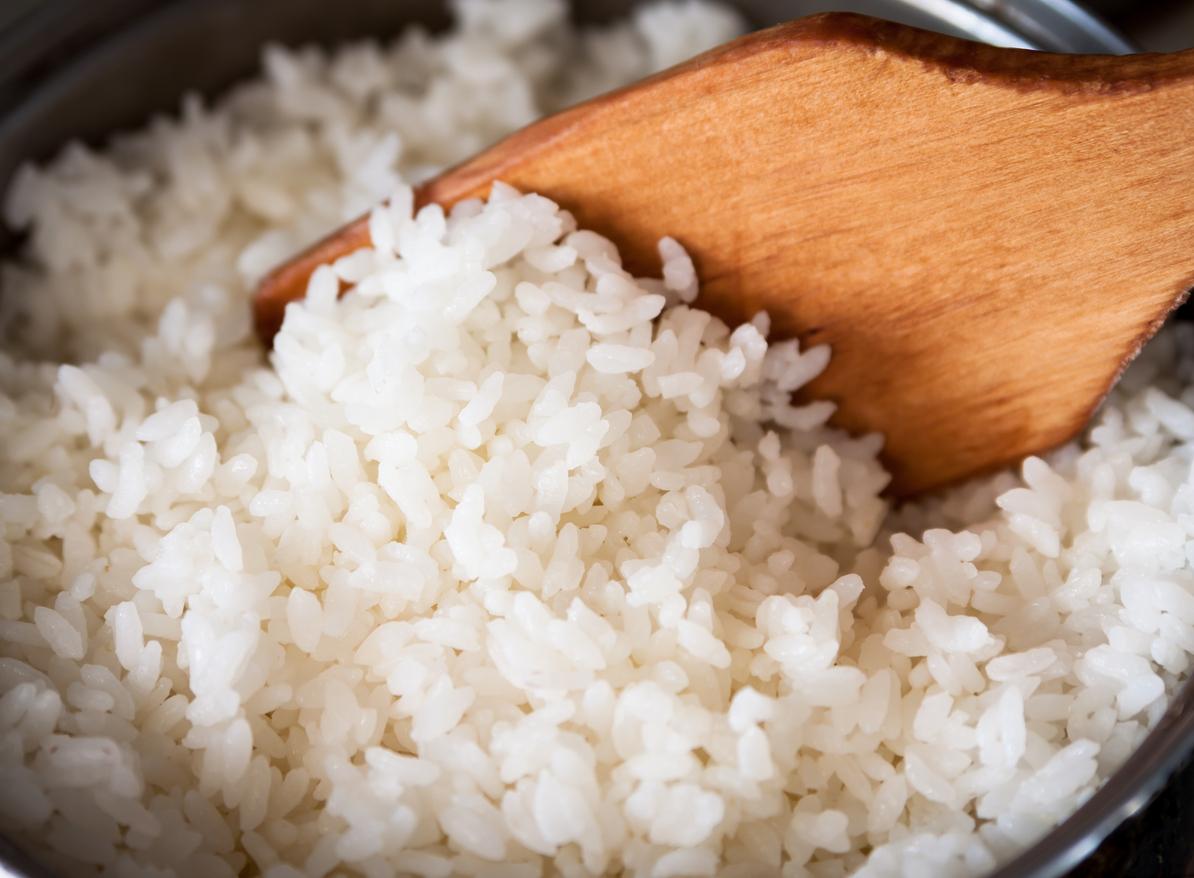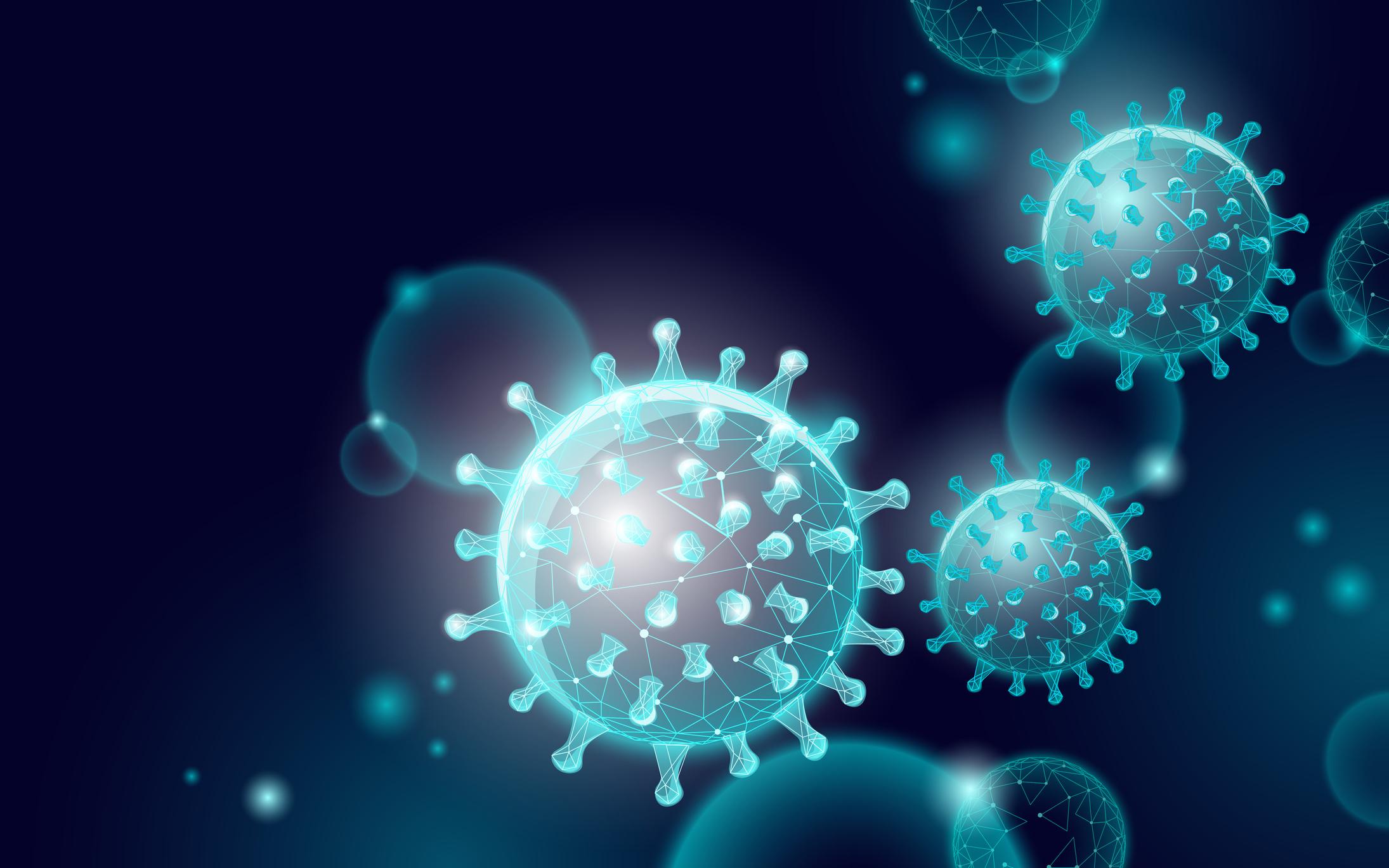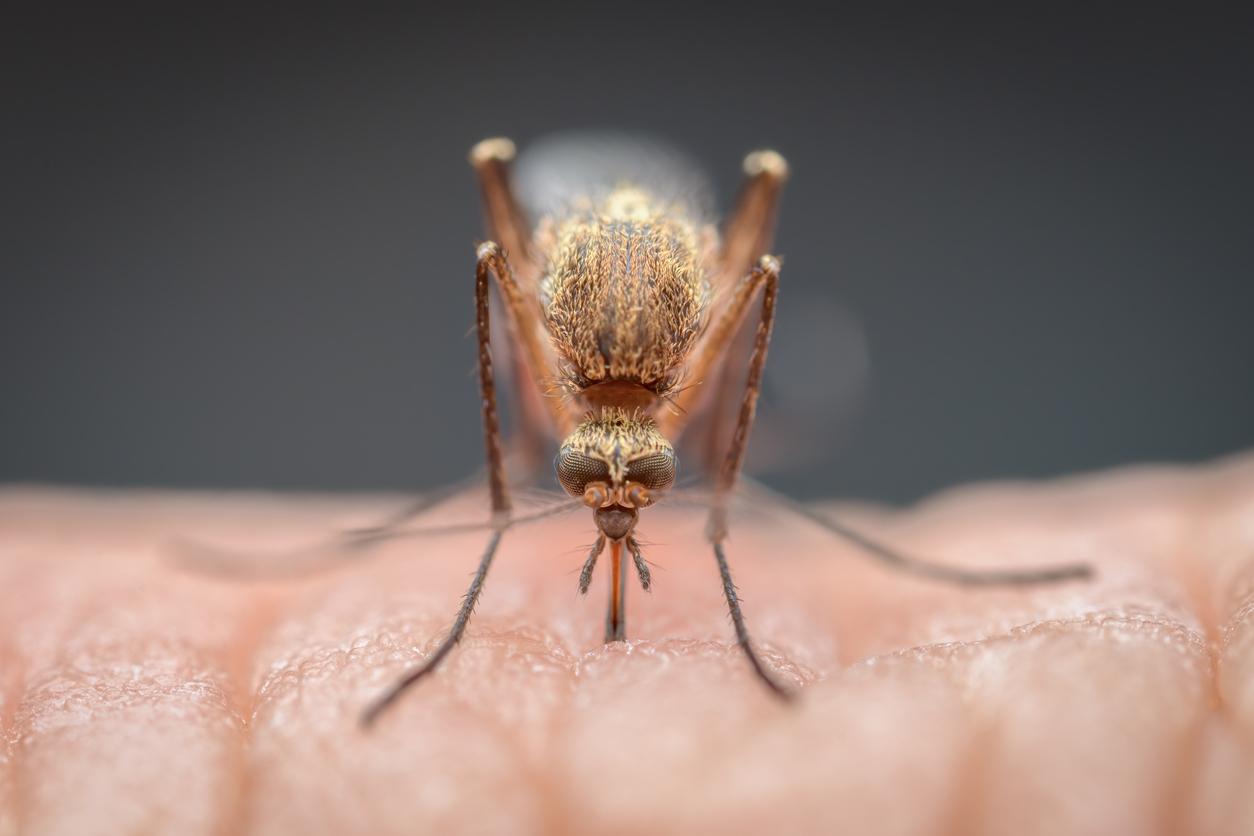Lipstick is a real confidence booster for many people. It could soon also be a weapon against disease. Researchers have developed a cranberry-based lipstick capable of fighting viruses, bacteria and fungi that come into contact with it.
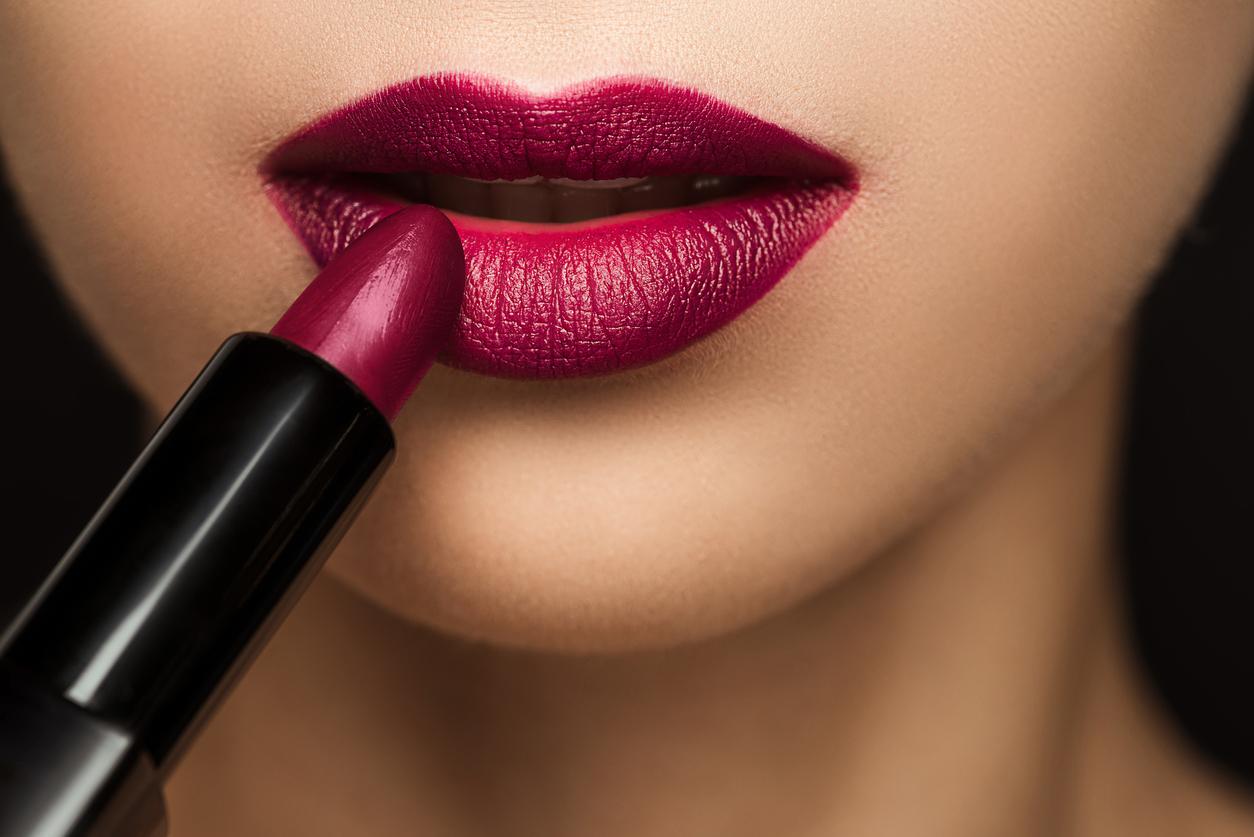
- According to estimates, 300 million lipsticks are sold each year in Europe. This represents almost ten tubes sold every second.
- Cranberries are rich in antioxidants and vitamin C. It is these compounds that give them anti-viral properties.
Moisturizing, plumping, anti-aging, matte, shiny… we have no shortage of choices when looking for a new lipstick. And, it is possible that we will soon also have the possibility of having an anti-viral one. Scientists from the San Vicente Mártir Catholic University in Valencia (Spain) have succeeded in developing a lipstick capable of “disable” germs.
A cranberry lipstick to fight diseases
To develop their anti-viral product, the Spanish researchers turned to natural ingredients, and more specifically cranberries. They chose these fruits – also known as cranberries – for their experiment, as numerous scientific studies have highlighted their anti-microbial properties. Cranberry extract has, in fact, been shown to fight viruses, bacteria and fungi.
Research manager Ángel Serrano-Aroca and his colleagues managed to use this food to create a dark red hue that can fight germs. The colored substance was then mixed with a lipstick cream base containing shea butter, vitamin E, provitamin B5, babassu oil and avocado oil.
Make-up to inactivate resistant viruses and bacteria
The lipstick developed by the researchers was brought into contact with cultures containing different viruses, bacteria and fungi. The team stated in their article, which appeared in the journal ACS Applied Materials & Interfaceswhich the product successfully inactivated within five hours of application “a wide range of microorganisms: enveloped viruses such as bacteriophage Φ6 (a substitute for SARS-CoV-2), non-enveloped viruses including bacteriophage MS2, multidrug-resistant bacteria such as methicillin-resistant Staphylococcus aureus, Escherichia coli and Mycobacterium smegmatis (a substitute for Mycobacterium tuberculosis) and the fungus Candida albicans (responsible for mycosis, Ed)”.
For scientists, this new lipstick formula could provide protection against many diseases and help fight epidemics.









